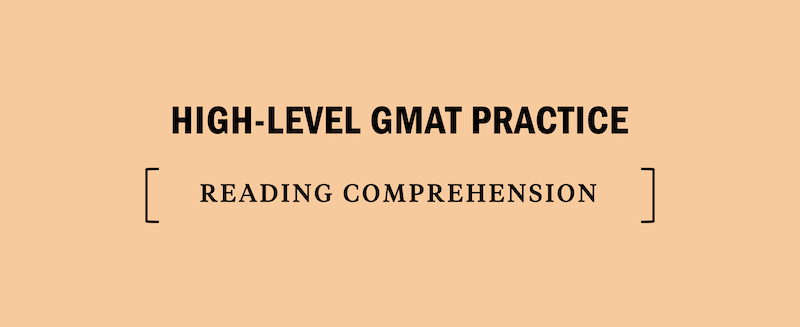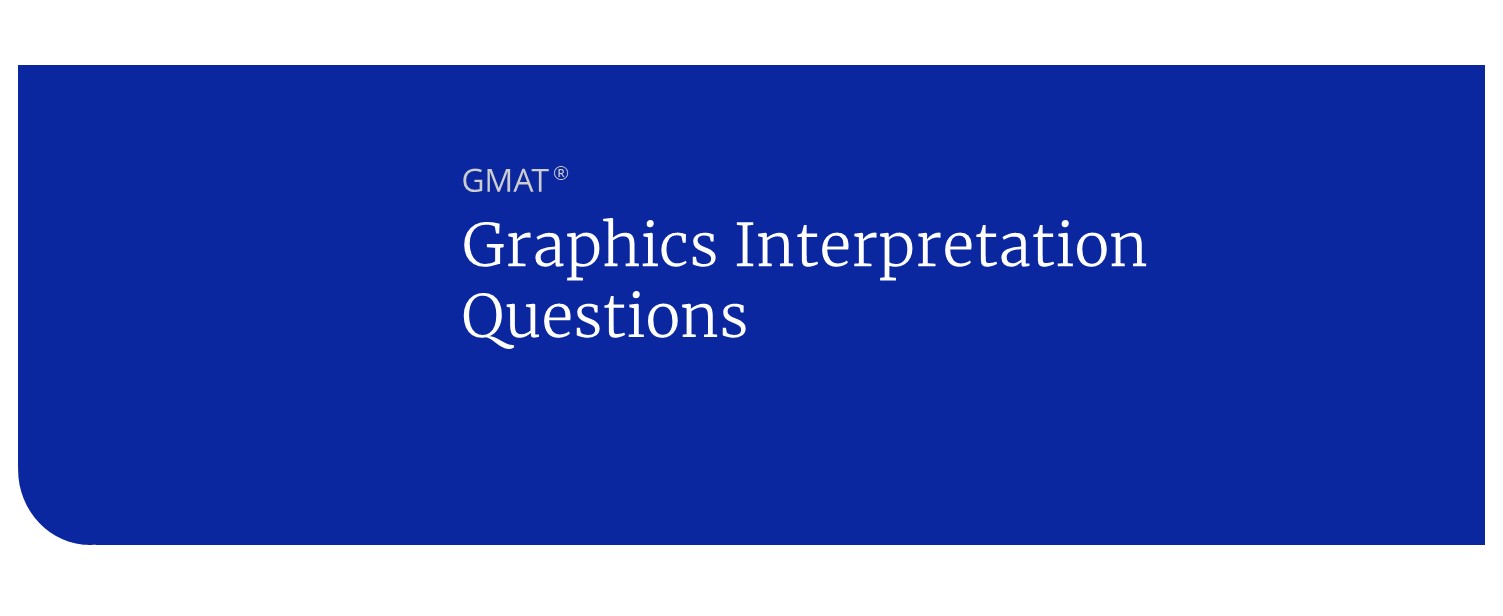GMAT Sentence Corrections: Parallels
Example 1
This theory is just as important in GMAT sentence corrections as it is in real life. When items are being compared, they must be “apples to apples,” or parallel. For instance, take a look at the following example of a comparison:
Unlike a standard mortgage, which allows the home-buyer to finance her purchase through a bank, land contract purchasers are financed directly by the property seller.
The sentence as written compares “a standard mortgage” to “land contract purchasers.” Mortgages are things, and purchasers are people or entities; this is an apples-to-oranges comparison. In order to correct it, we should put the items being compared into parallel form, like this:
Unlike a standard mortgage, which allows the home-buyer to finance her purchase through a bank, land contracts provide financing directly from the property seller.
Parallelism isn’t just about putting items in similar forms—they must also, as much as possible, be in similar numbers. You shouldn’t compare “a standard mortgage” to “land contracts” when we can compare it to “a land contract.” So the final, truly parallel sentence will look like this:
Unlike a standard mortgage, which allows the home-buyer to finance her purchase through a bank, a land contract provides financing directly from the property seller.
Example 2
It’s not just items being compared that need to be parallel, though; items in a list must also be in parallel forms, and you’re actually more likely to see this kind of parallelism tested on the GMAT. Here’s an example:
Self-contained housing developments are significantly different from traditional neighborhoods, as their organization drastically reduces traffic from outside sources, encourages a higher level of uniformity in building construction and landscaping, and caused the emergence of nearby shopping areas.
The list in this sentence describes ways that self-contained housing developments differ from traditional neighborhoods. The first task is to check to make sure that the listed items are in similar forms. Each of the phrases in the list begins with a verb: “reduces,” “encourages,” and “caused.” But again, just being in the same form isn’t enough; here you need to make sure that, as long as revision doesn’t have a confusing impact on the meaning of the sentence, the verbs are all in the same tense. There’s no reason to think that “nearby shopping areas” emerged in the past but have ceased to do so now, since one can assume that housing developments are still being built. Therefore, the sentence can be revised into the following parallel format:
Self-contained housing developments are significantly different from traditional neighborhoods, as their organization drastically reduces traffic from outside sources, encourages a higher level of uniformity in building construction and landscaping, and causes the emergence of nearby shopping areas.
That one letter difference, from “caused” to “causes,” is the difference between getting a question right and getting it wrong. So what can you, the intrepid test-taker, do to ensure that parallelism isn’t a problem for you on the GMAT?
Every sentence correction question that contains a comparison or a list should be your cue to take an inventory of what is being compared or listed. Then you need to watch out for consistent verb tenses, double-check for parallel singular or plural construction, and confirm that there are no other grammatical issues that interfere with parallel structure.
For instance, in the paragraph above, you might notice the pairing of “a comparison” and “a list,” as well as the consistent tenses and forms of “watch out,” “double-check,” and “confirm,” all as examples of parallelism.
Parallel Practice Questions
Now that you know what errors to look out for, let’s try two parallel practice questions.
Question 1
The restaurant’s manager reported an increase in customers during the month of June, as much because of its business of the month before being so slow as that more tourists travel through the area in the summer.
a. of its business of the month before being so slow as that
b. of its business the month before having been slow as because
c. of its business the month before being as slow as because
d. its business the month before had been so slow as because
e. its business of the month before was as slow as that
In terms of parallelism, if you choose to say “because of its business…” you will need to use the parallel phrase “as because of more tourists travel…” And “because of more tourists travel” doesn’t make sense; therefore, we can eliminate all the choices that begin with “of,” which leaves us with only the final two choices. The “because” immediately before the underlined portion of the sentence leaves us with no choice but to use a “because” before “more tourists.” Choosing ‘d’ as the correct answer, we end up with a parallel phrase: “as much because x as because y.”
Question 2
A more common parallelism issue is verb form. Gerunds need to be paired with gerunds, past tense verbs with other past tense verbs, and so on. Let’s look at an example of that issue:
The recent decline in bus commuter ridership has left the system underfunded, to cause the number of buses running during peak times to drop, and prompts concerns that further service cuts may lead to the collapse of the city’s entire public transportation system.
a. to cause the number of buses running during peak times to drop, and prompts
b. causing the number of buses running during peak times to drop and prompting
c. to cause reductions in the number of buses running during peak times and prompt
d. to cause the number of buses running during peak times to be reduced, and prompted
e. causing a reduction in the number of buses running during peak times and prompting
There are a couple of ways to make this parallel. First, you could look at the three main verbs as a list: “left the system underfunded” is the first one, and since it’s not underlined, it’s the one we have to match. In order to do that, we would need to put the other two verbs—cause and prompt—in the past tense. That list would be “…has left the system underfunded, caused the number of buses… and prompted concerns…” But a quick scan of the answer choices shows us that none of them begin with “caused,” so we have to try a different option: we look at the underlined portion as the beginning of a modifying phrase that describes the results of the system being underfunded. In order to introduce that kind of phrase, we need the gerund “causing,” which leaves us with only choices ‘b’ and ‘e’ to evaluate.
That’s a tougher issue, and one that isn’t governed by parallel structure. This comes down to word choice: “causing the number… to drop” doesn’t clearly show that the number was reduced in response to an underfunded system. “Causing a reduction…” tells us that the underfunded system resulted in the number of buses being reduced, with the implication that the reduction was a conscious decision, rather than an unforeseen consequence.




